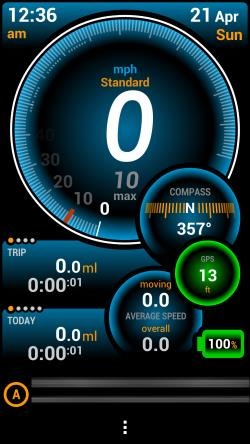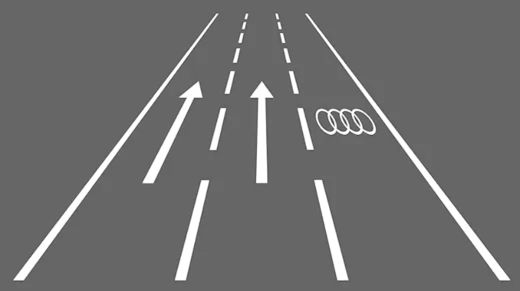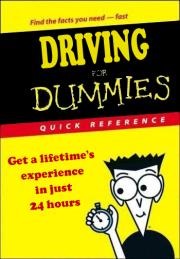This came in on the newsfeeds. A driving instructor has published a book which claims to teach people to drive in 24 hours.
In the article, the most bizarre list of contradictory nonsense is put forward, with the instructor  in question claiming to take a “totally different approach” to learning to drive. He says that he “listens to his pupils” and “cut[s] out red tape”. He claims that he lets them know from day one that he “is their friend, not their superior”. And it’s incredible that he’s stayed in business for so long if he’s always followed the mantra about them paying as little as possible.
in question claiming to take a “totally different approach” to learning to drive. He says that he “listens to his pupils” and “cut[s] out red tape”. He claims that he lets them know from day one that he “is their friend, not their superior”. And it’s incredible that he’s stayed in business for so long if he’s always followed the mantra about them paying as little as possible.
I love it when someone takes something that is really simple in terms of the skills needed – like learning to drive – and then tries to take “a totally different approach” to teaching it. It’s like wanting to travel from London to Scotland – most people would foolishly believe that this involves driving North, but then some comedian like this guy comes along and that you should drive South instead! It’s just a pointless complication.
The reality is that it doesn’t matter how much of a “friend” you think you are to your pupils, you are still taking money off them and providing a service – and that’s above and beyond the fact that there is usually a 30+ year difference in ages. The average youngster doesn’t consider “old” friends to be very cool at all.
Instructors have business relationships and not “friendships” with their pupils. If a cheaper deal comes along, most of them will be off like a cat in a rainstorm. No amount of perceived “friendship” will hold on to them.
Of all the people I’ve ever taught, I remain in regular contact with just one of them (even though he’s a Chelsea supporter). I’ve lost count of the number of my ex-pupils who have seen me in the street over the years, or in the local supermarket, and who have tried to pretend they haven’t if they’re with their mates (one of them even did it while I was still teaching her). It’s the immature mind-set of most teenagers, and anyone who thinks that they’re a genuine “friend” is just deluding themselves.
You can learn all there is to know about driving in a few hours, just like you can learn all there is to know about playing the guitar by reading a book in a day. But learning how to drive properly – or play guitar – takes longer. MUCH longer.
Driving instruction is about teaching people what to do, and how to do it properly through practice. By definition, practice results in experience, and experience takes time. Certainly more than 24 hours.
If you cut out the practice, you’re putting people on the road before they are ready. But maybe this is what this instructor means by “cut[ting] out red tape”.
Edit: I’ve noticed a lot of people finding this page having searched for “driving for dummies”. Come on, people! Even if there was a book with that title it wouldn’t help you. I made that image above myself as a joke.
The only book that comes close is Driving: The Essential Skills. But don’t think that it will teach you how to do the basics – the only way to learn that is to practice in a real car.
 when all of a sudden the traffic was at a standstill in the left lane.
when all of a sudden the traffic was at a standstill in the left lane. coming out of Nile Street and couldn’t emerge because of the traffic overtaking the queue we were in caused by the idiot who’d started it all. So it was a gridlock situation in the left lane.
coming out of Nile Street and couldn’t emerge because of the traffic overtaking the queue we were in caused by the idiot who’d started it all. So it was a gridlock situation in the left lane. somehow has the right of way. It happened today with a Vauxhall Cavalier (I think), reg. no. FG56 YPA.
somehow has the right of way. It happened today with a Vauxhall Cavalier (I think), reg. no. FG56 YPA. This is an old article. Nowadays, my dashcam has a speed readout as a screensaver and is far more useful. However, you may find this app useful.
This is an old article. Nowadays, my dashcam has a speed readout as a screensaver and is far more useful. However, you may find this app useful. It came in on the newsfeed because it contains the terms “pupil” and “driving instructor”, and so would have been sent to recipients worldwide. This
It came in on the newsfeed because it contains the terms “pupil” and “driving instructor”, and so would have been sent to recipients worldwide. This 
 in question claiming to take a “totally different approach” to learning to drive. He says that he “listens to his pupils” and “cut[s] out red tape”. He claims that he lets them know from day one that he “is their friend, not their superior”. And it’s incredible that he’s stayed in business for so long if he’s always followed the mantra about them paying as little as possible.
in question claiming to take a “totally different approach” to learning to drive. He says that he “listens to his pupils” and “cut[s] out red tape”. He claims that he lets them know from day one that he “is their friend, not their superior”. And it’s incredible that he’s stayed in business for so long if he’s always followed the mantra about them paying as little as possible.